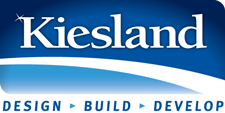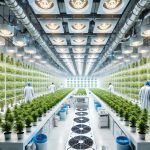
Smoke ‘Em if You Got ‘Em: The Cannabis Construction Boom
April 18, 2025
Earth Day and Sustainability in Construction
April 22 Happens Once a Year, but Commercial Real Estate Projects Can Consider Green Building Strategies Every Day
Over the past decade, the commercial construction industry has witnessed significant advancements in sustainability, driven by innovations in materials, equipment, and construction methods. We’re proud to say that many of these advancements have been incorporated into recent Kiesland Development Services projects. Here are some key advancements that we rely on to contribute to greener building practices:
Sustainable Building Materials
- Mass Timber and Cross-Laminated Timber (CLT): Renewable alternatives to steel and concrete that reduce carbon footprint and speed up construction.
- Low-Carbon Concrete: New formulations reduce cement content, incorporate fly ash or slag, and even absorb CO₂ during curing.
- Recycled and Reclaimed Materials: The more widespread use of reclaimed wood, recycled steel, and repurposed materials can help reduce waste.
- Butler® Building Systems: Did you know that steel is 100 percent recyclable? Butler frames and components are up to 74.6 percent recycled content.
- Cool Roof and Green Roof Systems: Reflective materials reduce heat absorption, while green roofs improve insulation and manage stormwater.
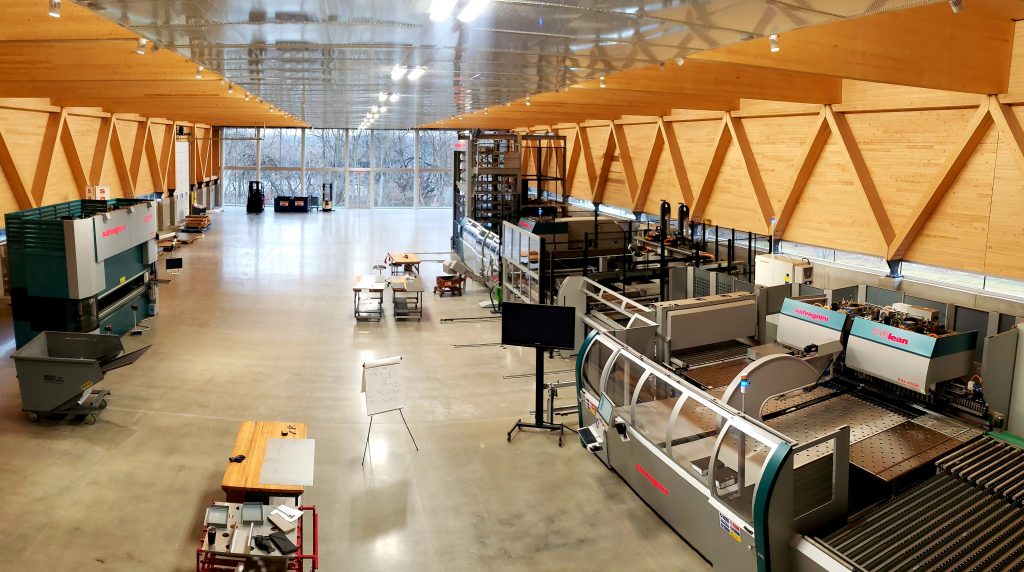
An Example of Mass Timber in a Manufacturing Environment
Energy-Efficient Equipment and Technologies
- Electric and Hybrid Construction Equipment: Reduces emissions and noise pollution on job sites.
- Smart HVAC and Building Automation Systems: AI-driven systems optimize energy use, reducing heating and cooling costs.
- LED and Smart Lighting Systems: Highly efficient lighting, combined with sensors and automation, reduces energy consumption.
- Interior Building Day Lighting: Windows and skylights.
- On-Site Renewable Energy: Increased use of solar panels, wind energy, and geothermal heating for self-sustaining buildings.
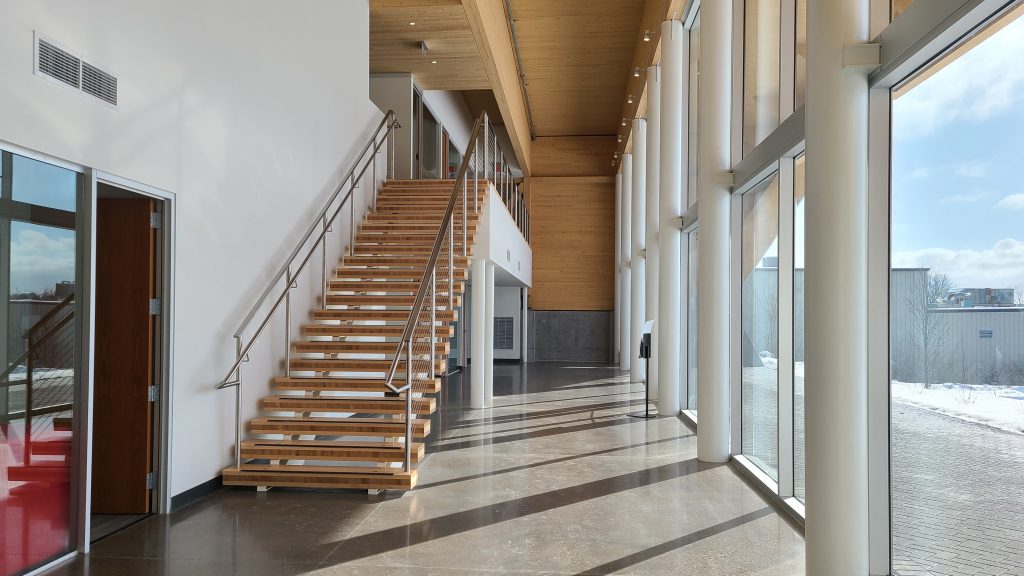
Day Lighting in an Office Environment
Sustainable Construction Methods
- Low-Impact Site Development: Protecting natural landscapes, using pervious pavement for better water absorption, and reducing site disruption.
Water Conservation and Management
- Rainwater Harvesting Systems: Collects and reuses rainwater for non-potable uses.
- Greywater Recycling: Treats and reuses water from sinks and showers for irrigation or toilets.
- Water-Efficient Fixtures and Plumbing: Low-flow faucets, toilets, and urinals reduce water usage.
Enhanced Insulation and Building Envelope Innovations
- High-performance Wall and Roof Systems: Many options offer a sharp appearance, durability, and thermal performance.
- Triple-Glazed Windows and Electrochromic Glass: Improves insulation while dynamically adjusting transparency to reduce energy use.
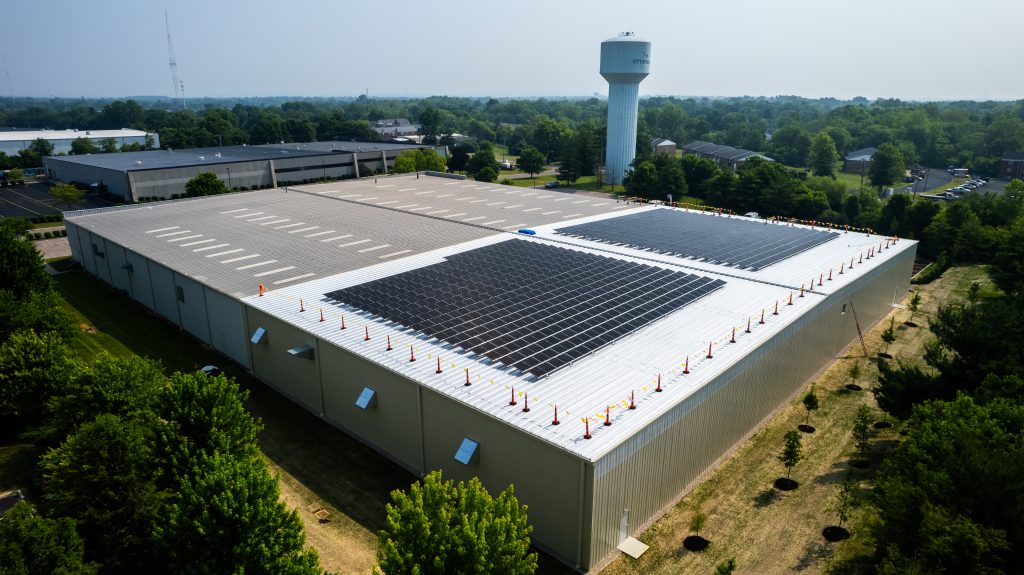
High Performance Roof Systems with Solar Integration
Green Certifications and Regulations Driving Change
- LEED v4 and WELL Building Standards: More stringent sustainability requirements drive the adoption of green practices.
- Energy Codes and Carbon Regulations: Stricter codes, such as ASHRAE 90.1, push for higher efficiency.
Waste Reduction and Recycling Programs
- Deconstruction and Material Reuse Programs: Instead of demolition, buildings are disassembled to recover reusable materials.
- Jobsite Waste Tracking and Recycling: Advanced tracking systems ensure that materials like concrete, drywall, and wood are properly recycled.
Smart Building Integration
- Building Management: Sensors optimize energy use, predictive maintenance prevents inefficiencies, and automation improves sustainability.
The commercial construction industry has made significant strides in sustainability over the past decade, and ongoing innovations promise even greener methods in the years to come. Do you need a construction partner that can implement sustainability and green building practices? Contact Kiesland Development Services to learn how our team can optimize your next project.
